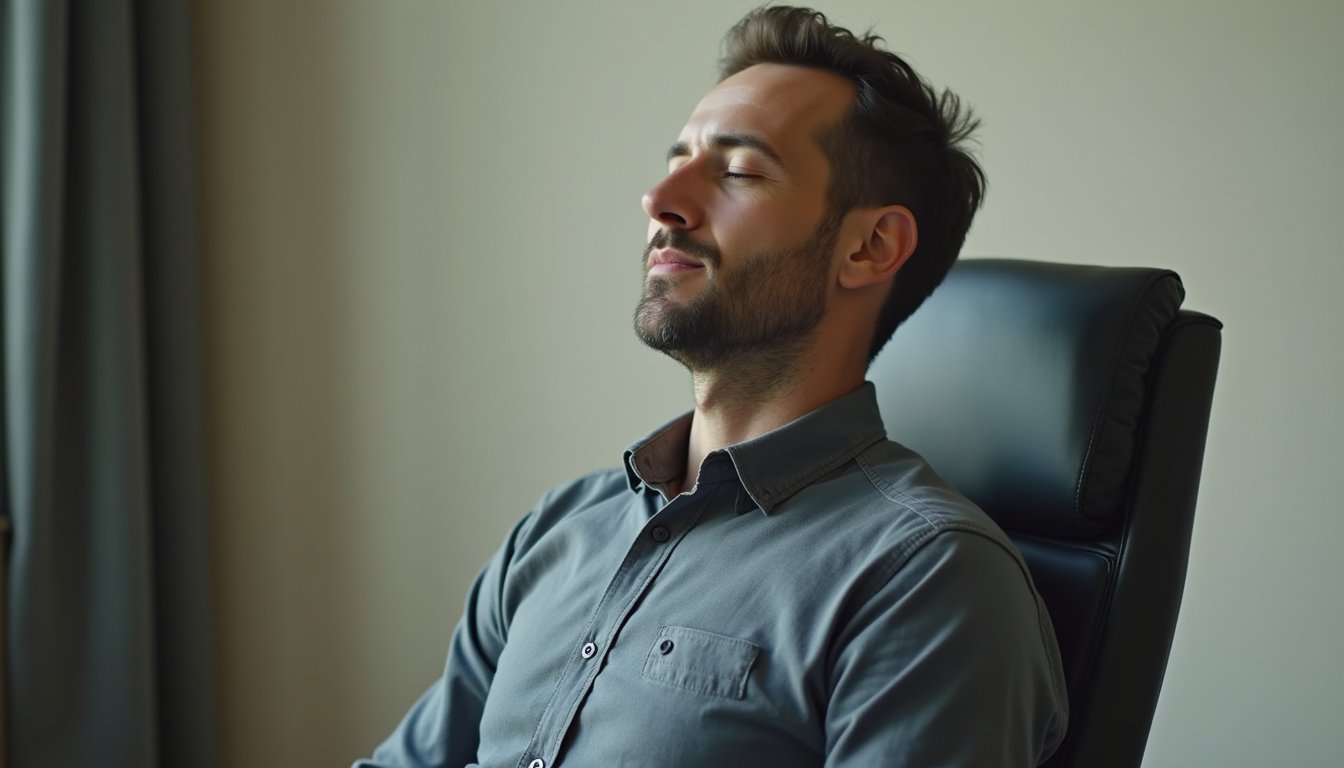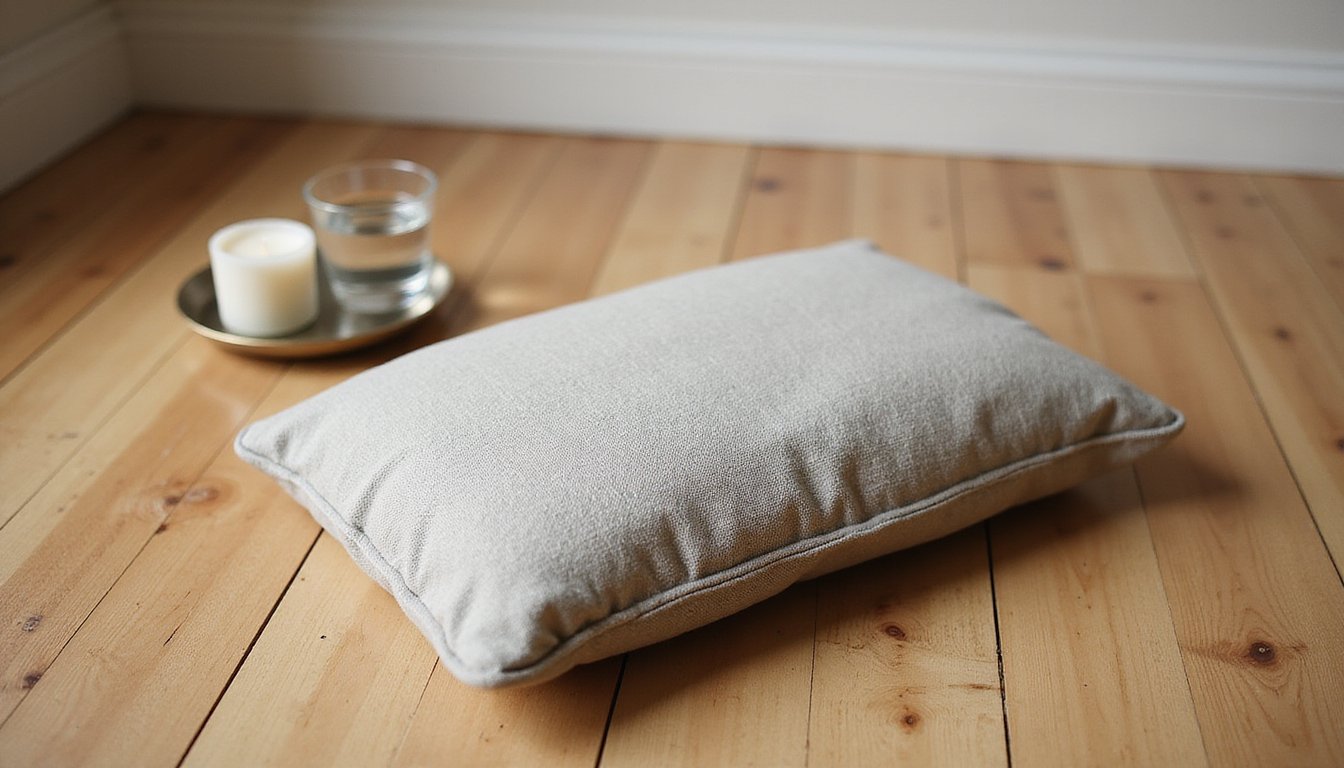You’ll find extensive addiction treatment costs ranging from $6,000 to $30,000 for standard 30-day programs in 2025. Inpatient care averages $500-$650 daily, while outpatient programs run $1,400-$10,000 monthly. Your location greatly impacts pricing, with urban facilities charging up to $739 per day. Private insurance covers roughly 60% of costs, and numerous financial support options exist. Understanding the full spectrum of treatment variables helps you make an informed investment in recovery.
Current Market Rates for Inpatient Rehabilitation

The current market landscape for inpatient rehabilitation reflects a wide spectrum of costs, with 30-day programs ranging from $6,000 to $30,000 for uninsured patients. You’ll find daily rates averaging $500-$650, which includes essential services like medical screening, therapy approaches, and round-the-clock supervision. Most facilities offer flexible payment options through insurance coverage to help offset treatment expenses. The typical person seeking addiction treatment faces an average cost of $13,475 for comprehensive care.
High-end facilities offer premium amenities and specialized treatment options, pushing costs beyond $20,000 per month. These luxury centers typically provide enhanced accommodations, gourmet dining, and intensive therapeutic programs. Program length can vary significantly, with some patients requiring several months of treatment for optimal recovery. Initial admission fees add $3,000-$4,000 to your total investment, covering detailed evaluations and intake processes.
If you’re considering extended treatment, 60-90 day programs can range from $20,000 to $60,000+, offering more thorough recovery work and reduced relapse risk through sustained therapeutic engagement.
Breaking Down Outpatient Treatment Expenses
When evaluating outpatient addiction treatment costs, you’ll find substantial variations across different program intensities and durations. Standard outpatient programs range from $1,400 to $10,000 for 30 days, while Intensive Outpatient Programs (IOPs) can reach $19,500 monthly. Partial Hospitalization Programs (PHPs) fall between these options at roughly $12,000 per month.
To implement cost saving strategies, you’ll want to examine longer-term commitments, as many facilities offer duration discounts. Private insurance now covers nearly 60% of addiction treatment costs. Insurance coverage implications vary, but many plans cover outpatient services, drastically reducing out-of-pocket expenses. You’ll also find sliding scale fees and state-funded programs in Massachusetts for lower-income individuals. Based on Census Survey data, patients typically spend $8,386 annually for outpatient treatment services.
Medication-Assisted Treatment adds several thousand dollars but isn’t required for all cases, making it an optional cost factor.
Key Cost Variables in Addiction Recovery Programs

Major cost variables in addiction recovery programs demonstrate considerable price ranges across treatment types and intensity levels. When evaluating program quality considerations and personalized treatment approaches, you’ll find costs vary based on several key factors:
- Treatment intensity level: Inpatient care ($500-$650 daily) versus outpatient options ($1,400-$10,000 per program)
- Geographic location impact: Urban facilities and high-cost states like California command premium pricing
- Duration requirements: Extended stays beyond 30 days can escalate costs from $20,000 to $60,000+
- Facility amenities and staffing: Luxury accommodations with specialized professionals greatly increase rates, while standard facilities offer more affordable options
Research shows that longer treatment durations lead to more successful recovery outcomes and improved long-term sobriety rates. Most patients can access treatment through insurance coverage options, which can substantially reduce or eliminate out-of-pocket expenses for qualified programs. You’ll need to weigh these variables against your specific recovery needs, as each factor directly influences the total investment required for extensive addiction treatment.
Financial Support and Payment Solutions
Understanding treatment costs is only part of the equation accessing financial support can considerably reduce your out-of-pocket expenses for addiction recovery. You’ll find multiple funding streams, from federal SAMHSA grants to state-funded programs offering subsidized care. If you’re uninsured, sliding scale pricing can adjust fees based on your income, while nonprofit partner programs connect you with treatment scholarships. Research shows that every dollar invested in addiction treatment programs saves $11 in healthcare and criminal justice costs combined. Over 11,500 facilities nationwide accept private health insurance to help cover treatment costs.
For targeted support, you can access up to $1 million through RCORP grants if you’re in a rural area, or up to $75,000 in loan repayment through NHSC if you’re an addiction counselor. Veterans qualify for VA-specific grants, while Medicaid expansion covers treatment for low-income individuals. Additionally, many facilities offer payment plans and self-pay discounts, making extensive care more financially accessible. Many facilities provide free services for individuals with an annual income at or below 200% of poverty guidelines, similar to programs like North Dakota’s SUD Voucher system.
Geographic Price Variations Across the United States

Across the United States, addiction treatment costs vary dramatically based on geographic location, with urban centers typically commanding higher prices than rural areas. Urban rural cost comparisons reveal significant disparities in insurance coverage and treatment accessibility.
The stark divide between urban and rural addiction treatment costs highlights critical gaps in healthcare accessibility across America’s varied landscape.
Washington, D.C. leads with average treatment costs of $66,538, highlighting the premium pricing in metropolitan regions. Daily inpatient care without insurance averages $739.31 per day. Rural areas face limited facility options but generally offer more affordable base rates, though geographic isolation can restrict insurance network access. Most facilities provide outpatient services, making treatment more accessible across different regions.
Coastal states and major cities trend toward higher pricing, with 30-day inpatient programs ranging from $6,000 to $30,000. Specialized urban facilities charge premium rates for luxury amenities and alternative therapies, while rural programs often focus on essential services.
These regional variations directly impact treatment affordability and accessibility, making location a vital factor in overall recovery costs.
Affordable Treatment Alternatives and Public Resources
Community-based recovery programs can reduce your treatment costs to under $1,000 per month through local support networks and nonprofit partnerships.
You’ll find state-funded treatment options available in every state, with programs like New Jersey’s DMHAS offering all-inclusive care at notably decreased rates based on income verification.
Under the Affordable Care Act, most insurance plans now provide mandatory coverage for substance abuse treatment, making comprehensive care more accessible than ever before.
Community-Based Recovery Programs
As federal and state funding expands to meet growing addiction treatment needs, affordable community-based recovery programs are projected to serve over 2.5 million Americans by 2025. You’ll find widespread access to community based support groups and low cost counseling resources through various public-private partnerships and grant-funded initiatives.
Key cost-saving opportunities include:
- SAMHSA Block Grants covering counseling services for uninsured individuals
- Sliding-scale fees at nonprofit treatment centers, ranging from $0-$50 per session
- Free peer-led recovery networks and mutual aid groups in community settings
- Telehealth options reducing traditional treatment costs by 40-60%
Without insurance, individuals seeking treatment can expect to pay around $56,759 per person for comprehensive substance abuse treatment in North Carolina. These programs leverage federal funding, particularly in rural areas where RCORP grants provide up to $1 million for infrastructure development. Community health centers now routinely integrate addiction services into primary care, maximizing accessibility while minimizing out-of-pocket expenses.
State-Funded Treatment Options
While private addiction treatment costs continue rising, state-funded programs now offer substantial financial relief through diverse funding streams and grants. You’ll find sliding scale fee structures and income-based eligibility requirements that make treatment more accessible, particularly if you’re uninsured or have limited resources. In Minnesota, fee-for-service members can access comprehensive substance use disorder treatment through state medical assistance programs. Without insurance coverage, patients face inpatient costs of $629.22 per day.
SAMHSA Block Grants provide full coverage for evidence-based treatments, including counseling and medication-assisted options. If you’re a veteran, you can access fully funded care through VA programs. Rural residents benefit from RCORP initiatives, which have expanded access to opioid treatment and overdose response services. Healthcare providers can pursue NHSC Loan Repayment up to $75,000 for serving underserved communities. Private foundation grants, ranging from $5,000 to $500,000+, support community-based treatment initiatives that align with their organizational missions.
Frequently Asked Questions
How Long Does Insurance Typically Take to Approve Addiction Treatment Coverage?
You’ll typically receive coverage approval within 48-72 hours for standard preauthorization requirements, though urgent cases can be processed in 24 hours. Your initial authorization usually covers 7-14 days of treatment.
Insurance providers review your documentation quality and treatment center’s administrative support to determine processing speed. If you’re denied, you can initiate immediate appeals with peer-to-peer reviews. For expedited handling, submit detailed clinical records early.
What Percentage of Patients Successfully Complete Treatment Without Relapse?
Based on current treatment outcomes, you can expect 40-60% of patients to experience relapse within their first year after treatment. However, success rates vary enormously based on several factors including your treatment program type, personal commitment, and support systems.
Long-term follow-up data shows better results when you combine multiple approaches like personalized care plans, regular counseling, and peer support networks. Medication-Assisted Treatment (MAT) programs often demonstrate higher success rates in maintaining sobriety.
Can Family Members Receive Therapy Coverage Under the Patient’s Treatment Plan?
You’ll find that family member participation in therapy is often partially covered under a patient’s treatment plan, but coverage varies extensively by insurance carrier.
Most extensive programs include 2-4 family group therapy sessions per month as part of their standard package. You’ll need to verify specific benefits, as some policies may require separate copays for family members, while others bundle these services into the patient’s overall treatment costs.
Are Travel Expenses to Treatment Facilities Tax-Deductible Medical Expenses?
Yes, you’ll find that travel expenses to treatment facilities are tax-deductible if they meet IRS requirements. You can deduct mileage at 23 cents per mile and lodging up to $50 per night. However, you’ll need proper documentation, including provider letters confirming medical necessity.
Many facilities offer financial assistance and payment plans to help manage these costs. Remember, these expenses must exceed 7.5-10% of your adjusted gross income to qualify for deductions.
Do Employers Legally Have to Provide Time off for Addiction Treatment?
You’re not automatically guaranteed paid leave for addiction treatment under federal law. While the ADA and FMLA may protect your job and provide unpaid leave if you qualify, there aren’t universal paid leave requirements.
Your best options are employer-sponsored programs like EAPs, which often include treatment support. State laws vary considerably some locations offer stronger protections and paid leave benefits, so check your local regulations and company policies for specific coverage details.





